15 Animals With Such Good Camouflage They’re Practically Invisible
Nature doesn’t hand out invisibility cloaks, but some animals come awfully close. Instead of relying on speed or toxins to stay alive, these animals take a quieter route and vanish. Camouflage is a full-body strategy involving texture, posture, and behavior. The ability to blend in is one of nature’s most clever tricks. And it’s not just about hiding from predators. Sometimes, it’s how predators sneak up on a meal.
Here’s a closer look at the creatures who’ve turned blending in into a survival skill, and a surprisingly effective one at that.
Leaf-Tailed Gecko
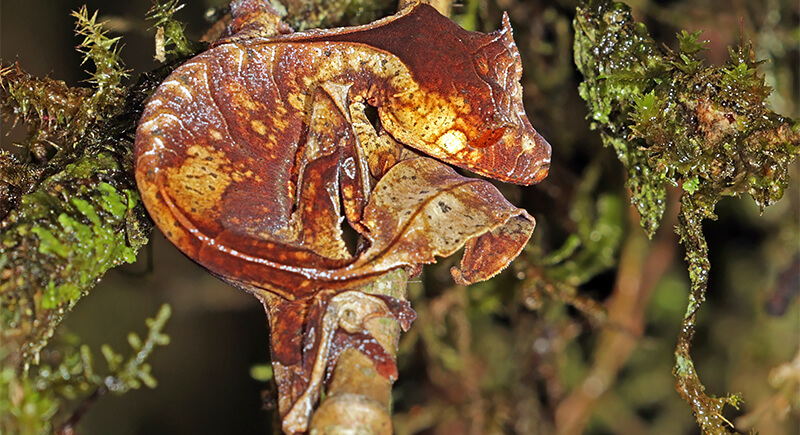
Credit: Wikimedia Commons
If a dead leaf came to life and decided to climb a tree, it might look something like this. This Madagascar native matches its surroundings to the point where it erases its outline. Its textured, jagged skin mimics bark and debris so precisely that even up close, your eyes might betray you. When it hugs a branch, it vanishes.
Long-Eared Owl
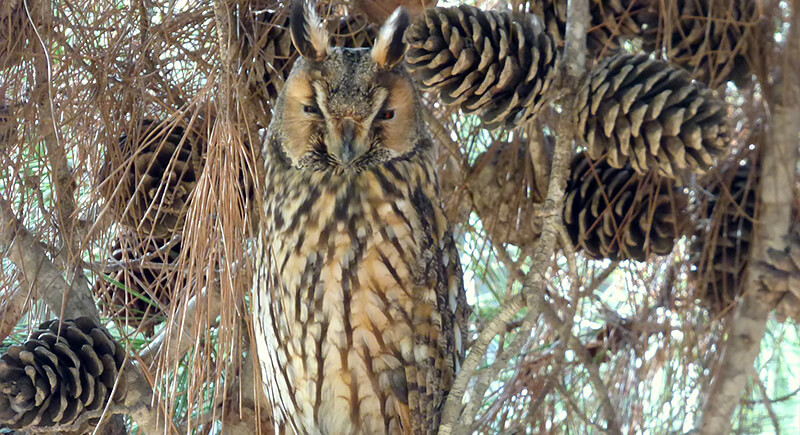
Credit: Wikimedia Commons
You wouldn’t expect something with huge eyes and upright ears to blend in, but the long-eared owl pulls it off. When it stretches vertically against a tree trunk, it’s hard to tell where the bark ends and the bird begins. It barely moves during daylight, saving the action for silent nighttime hunts.
Pygmy Seahorse
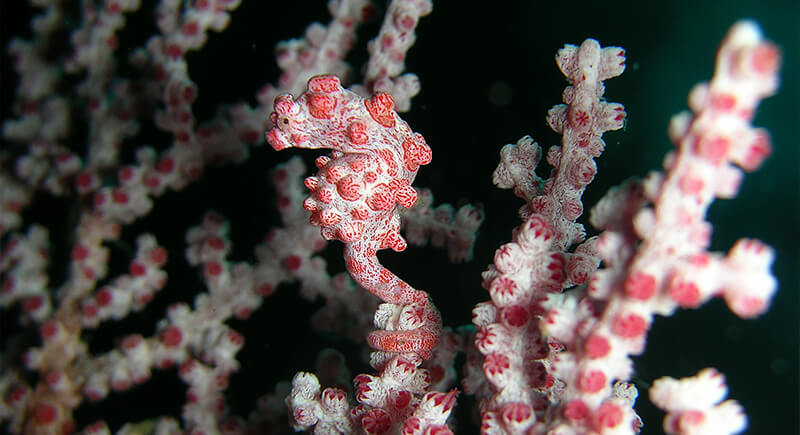
Credit: Wikimedia Commons
Pygmy seahorses don’t have to hide among coral because they know how to become a part of it. These tiny sea creatures anchor themselves to coral fans and match their bumps, colors, and textures so well that scientists didn’t even notice them until decades after the coral was discovered.
Leaf Litter Toad
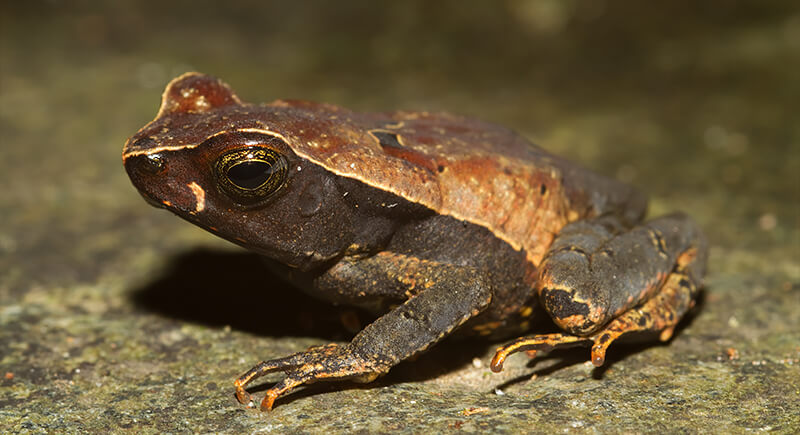
Credit: Wikipedia
If it weren’t for a blink or a hop, you’d never notice this South American amphibian. The leaf litter toad looks exactly like a curled, dead leaf with spots, wrinkles, and all. Its flat body and color-matching skills help it evade predators and hunt insects in the deep carpet of the forest floor.
Walking Stick Insect
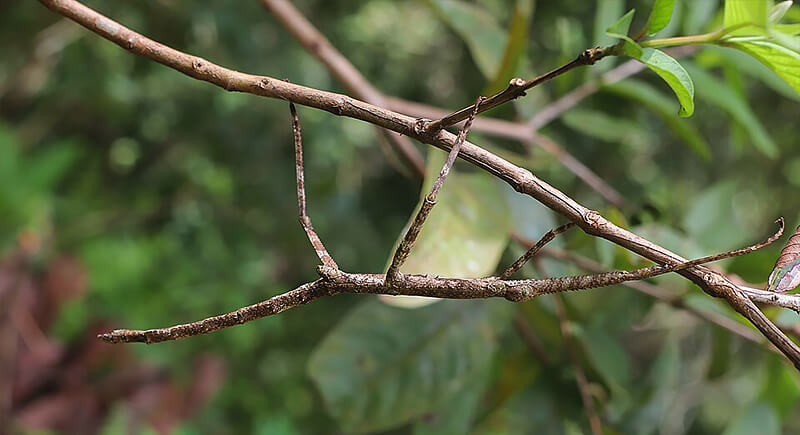
Credit: Wikimedia Commons
There’s commitment, and then there’s living your life as a stick. These insects don’t just resemble twigs, but they also behave like them. When threatened, some sway as if caught in the breeze. Others add in leaf-like limbs or mossy textures. They stay so still, even birds can’t tell the difference.
Flounder
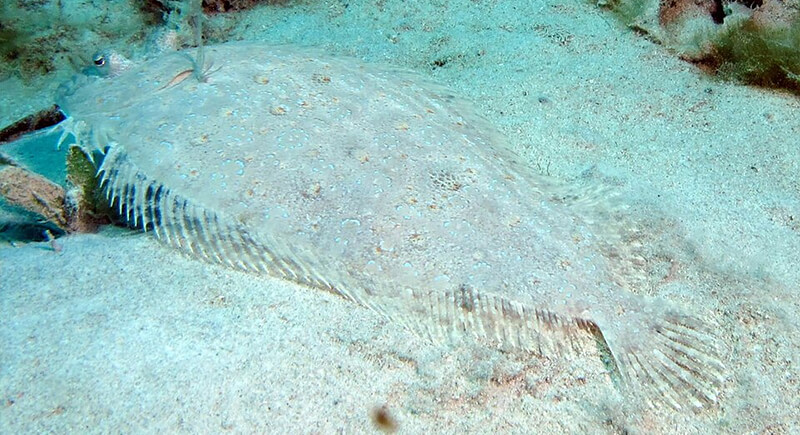
Credit: Wikimedia Commons
A flounder on the seabed looks more like sand than fish. Its skin shifts to match gravel, mud, or seaweed, and it often buries itself until only the eyes show. Both sit on the same side of its flat body, scanning for movement. The strike comes fast, before prey even knows it’s there.
Nightjar
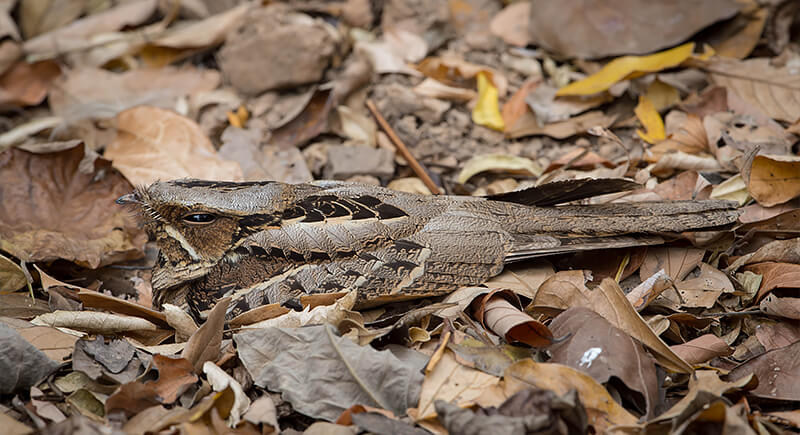
Credit: Wikimedia Commons
A nightjar roosting on the forest floor or stretched along a branch is almost impossible to pick out. Its mottled feathers echo bark and dead leaves, blending into the dim light. During the day it stays motionless, relying on that camouflage to hide both itself and its nest until darkness brings it out to hunt.
Stonefish
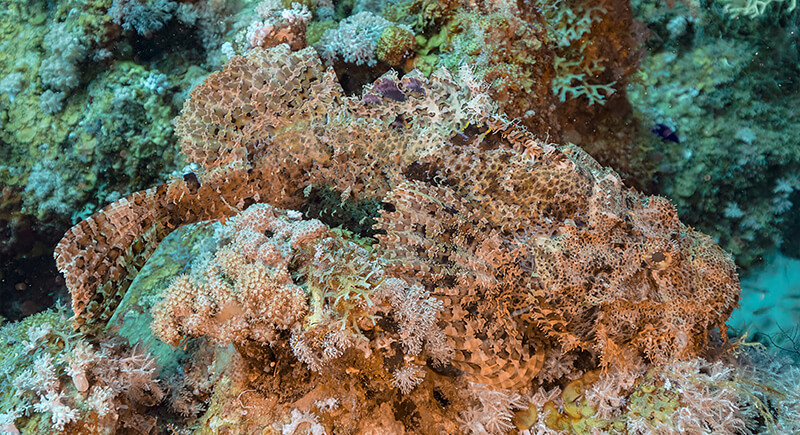
Credit: Wikipedia
Probably the most dangerous lump you’ll ever miss, the stonefish is armed and unnoticed. It looks like part of a coral reef or rocky seabed, and that’s exactly how it wants it. Step on it by accident, and you’ll find out why its venom is no joke. It plays defense and offense equally well.
Decorator Crab
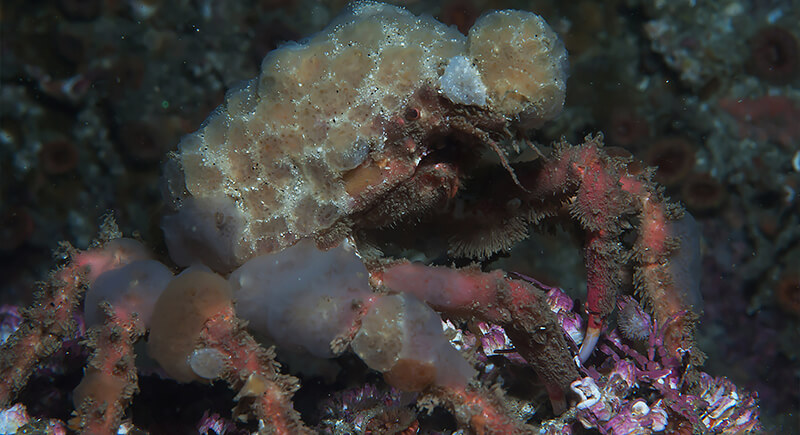
Credit: Wikipedia
This crab doesn’t blend in naturally, but it accessorizes. Using tiny hooked hairs on their shells, decorator crabs attach pieces of algae, coral, or sponge to create an outfit that perfectly mimics their surroundings. Some even use toxic or stinging organisms, turning camouflage into a form of armor and deterrent.
Arctic Hare
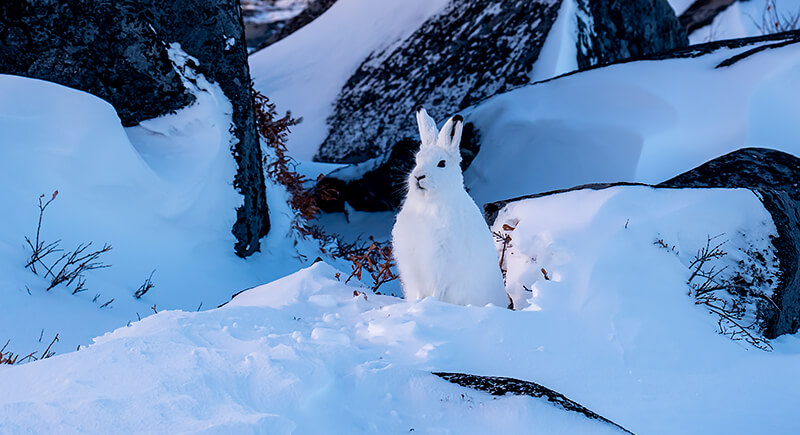
Credit: iStockphoto
Standing still is a survival tactic, and this hare’s winter coat makes it work. In snowy terrain, it blends in so completely that spotting one without movement is a challenge. With wide feet for snow travel and fur that shifts shades with the seasons, it’s built for invisibility year-round.
Mimic Octopus
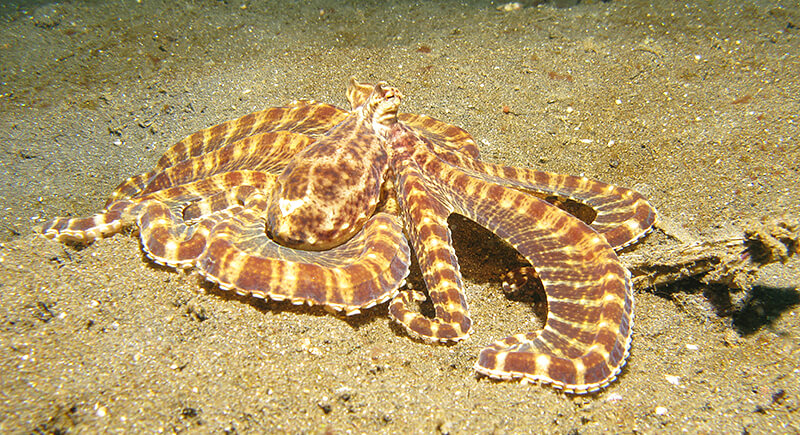
Credit: Wikimedia Commons
Most camouflage artists hide. This one performs. The mimic octopus can change color, but that’s just a part of it. It can impersonate other sea creatures. This mysterious sea creature can alter its shape to resemble a lionfish or flatfish. It picks its costume depending on who’s watching. That’s improvisation at a whole other level.
Leaf Insect
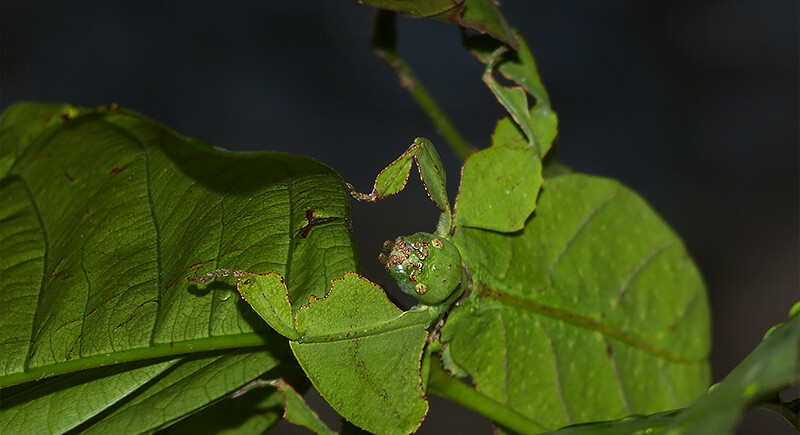
Credit: Wikimedia Commons
Nature went full method actor with this one. The leaf insect looks and behaves like a wandering leaf. Wide body, leafy leg flares, and a swaying movement in the wind all add up to one convincing act. Predators pass right by, none the wiser.
Dead Leaf Butterfly
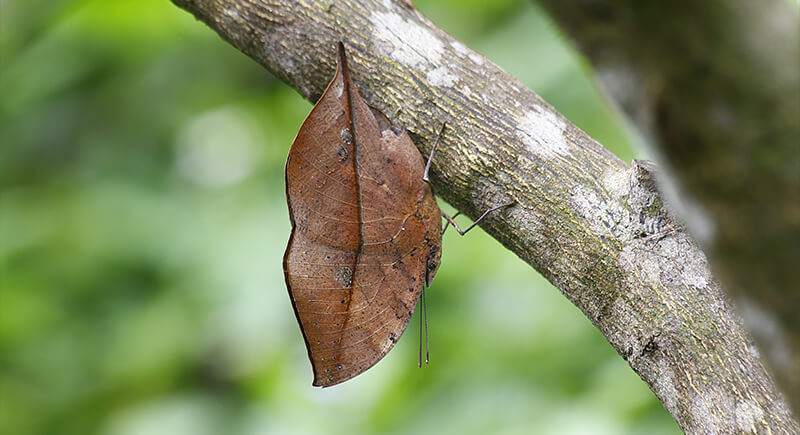
Credit: Wikimedia Commons
At rest with closed wings, these butterflies look like dead foliage. Open them, and it’s a burst of color. The dead leaf butterfly pulls off a visual bait-and-switch, spending most of its time folded up like dry litter on the forest floor. But when startled, it opens to bright hues that throw predators off long enough to escape.
Wrap-Around Spider
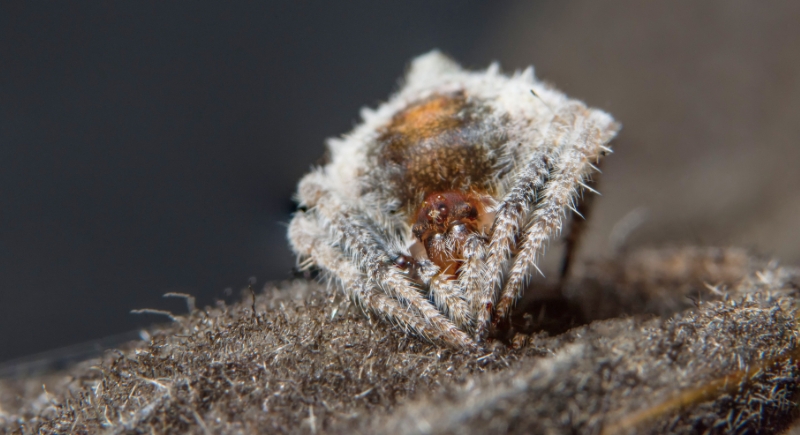
Credit: Getty Images
This one’s mastered the art of the curve. The wrap-around spider hugs tree branches with such precision that it becomes part of the bark. Its flat body aligns perfectly with the contours of the tree. By day, it’s a smudge on a limb. By night, it builds webs and then disappears again.
Arctic Fox
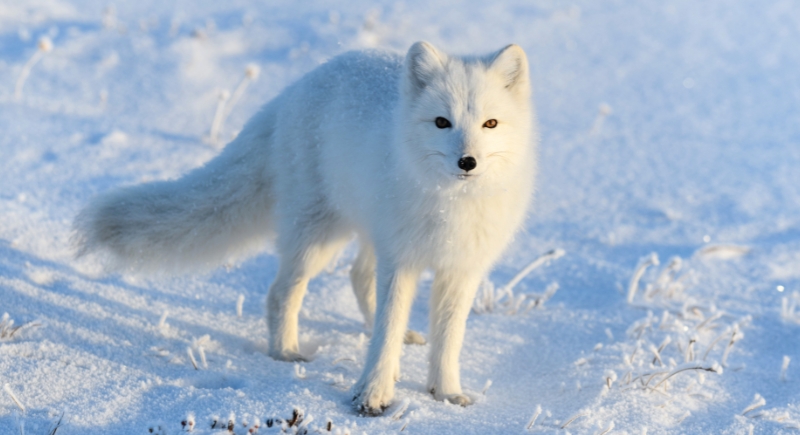
Credit: Getty Images
The Arctic fox swaps its fur depending on the time of year—white in snow, brown or gray on tundra. It blends into its environment, whether stalking prey or avoiding larger hunters. Even its paws are fur-covered, leaving little trace behind.